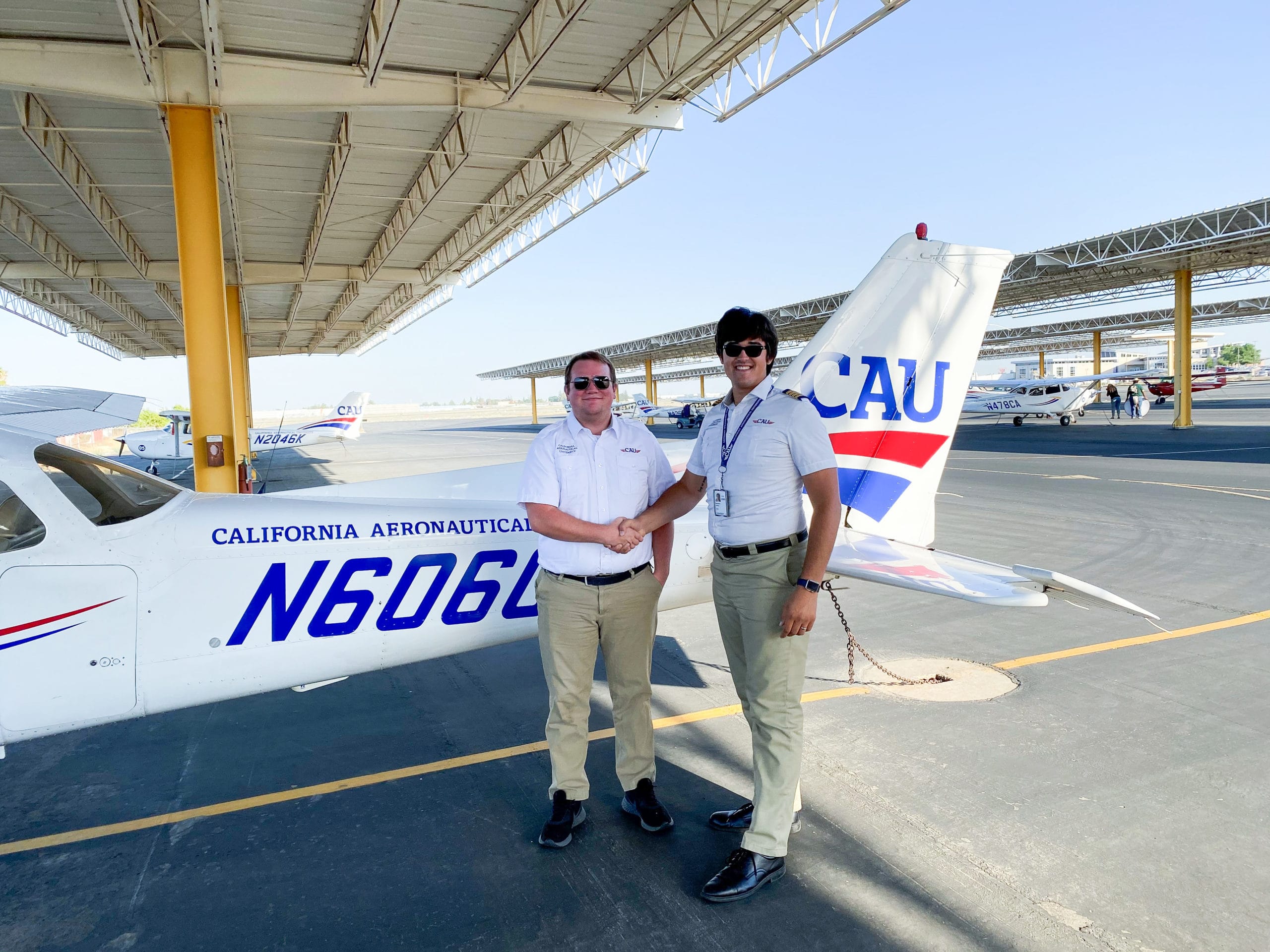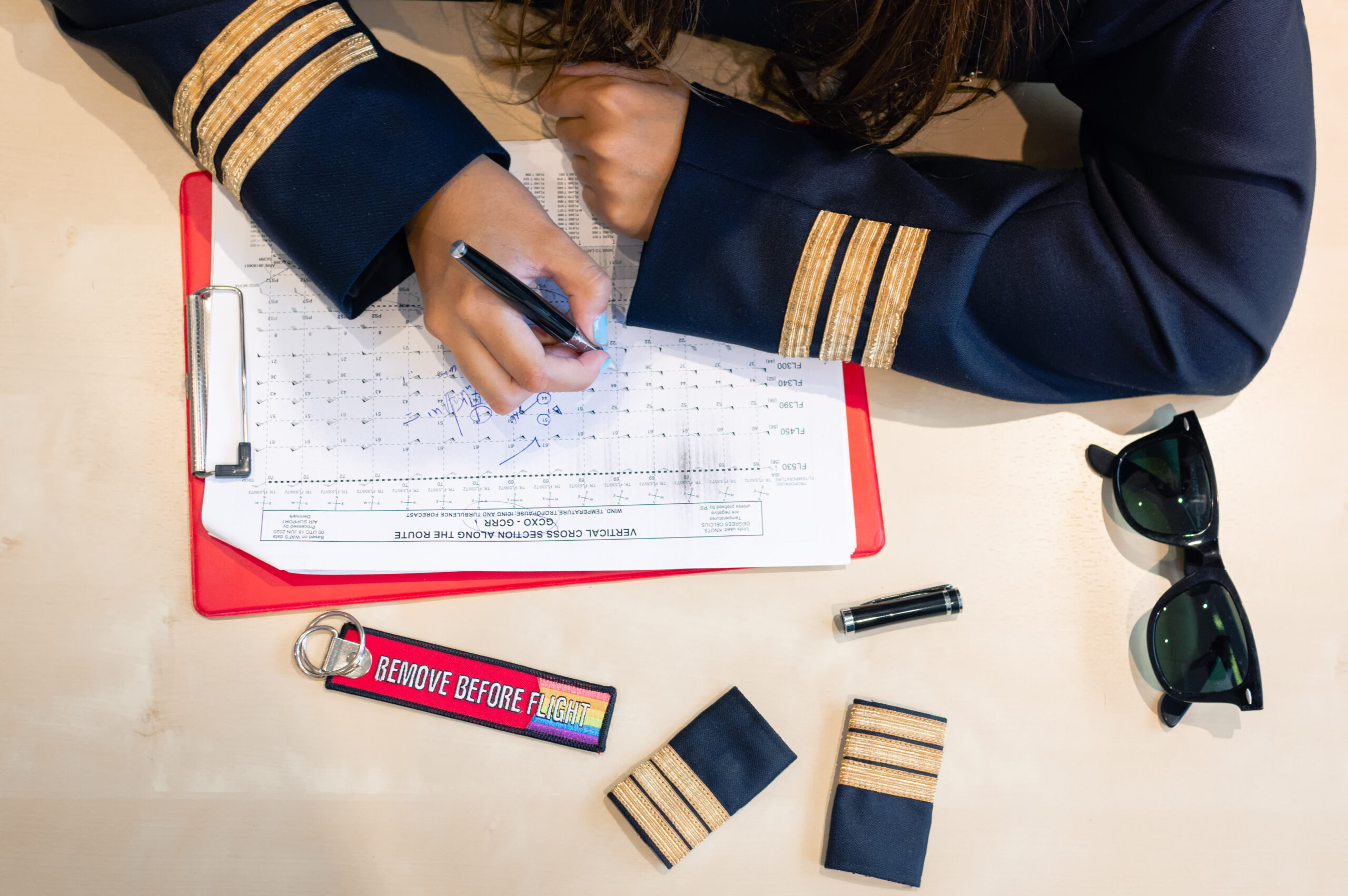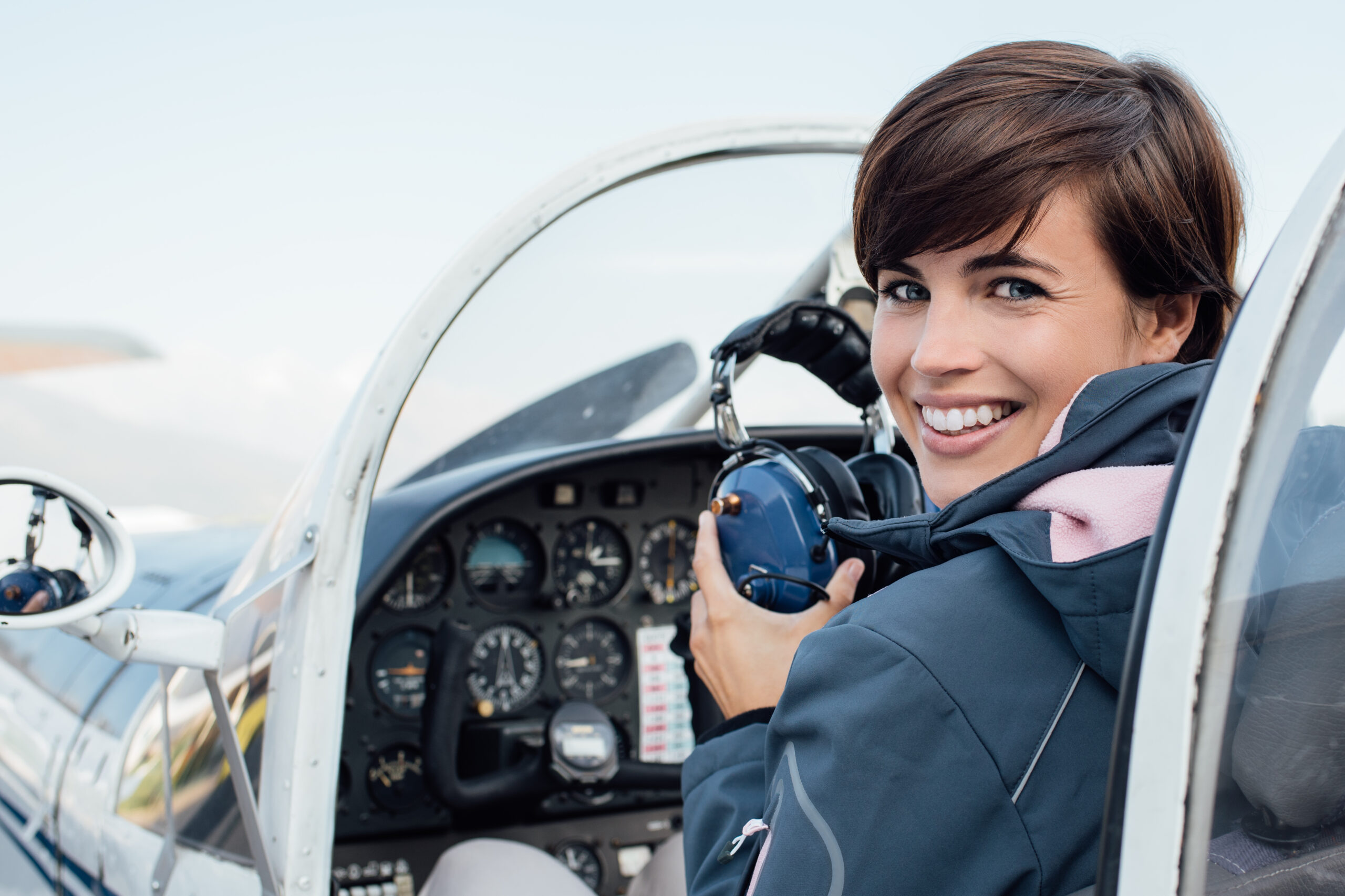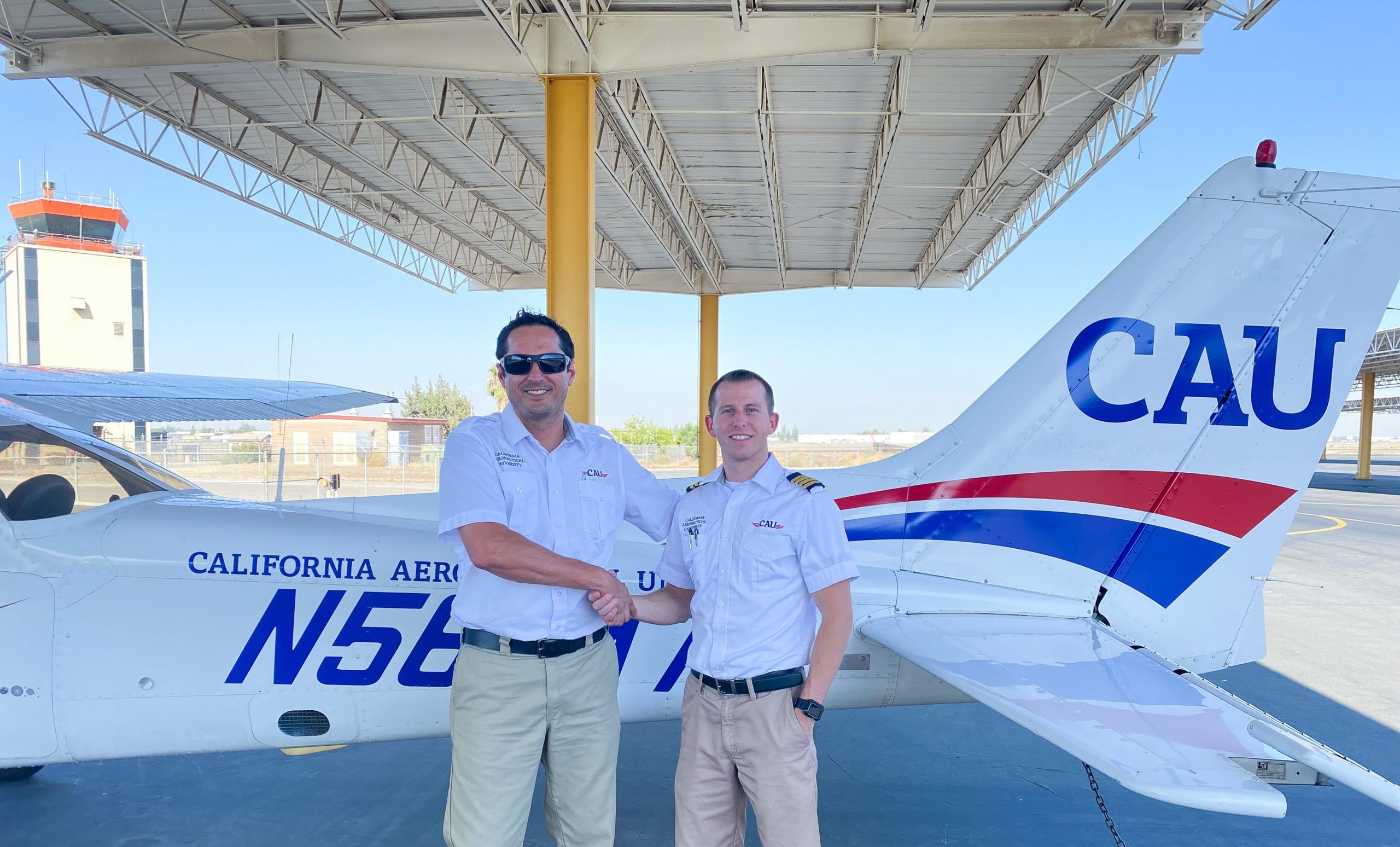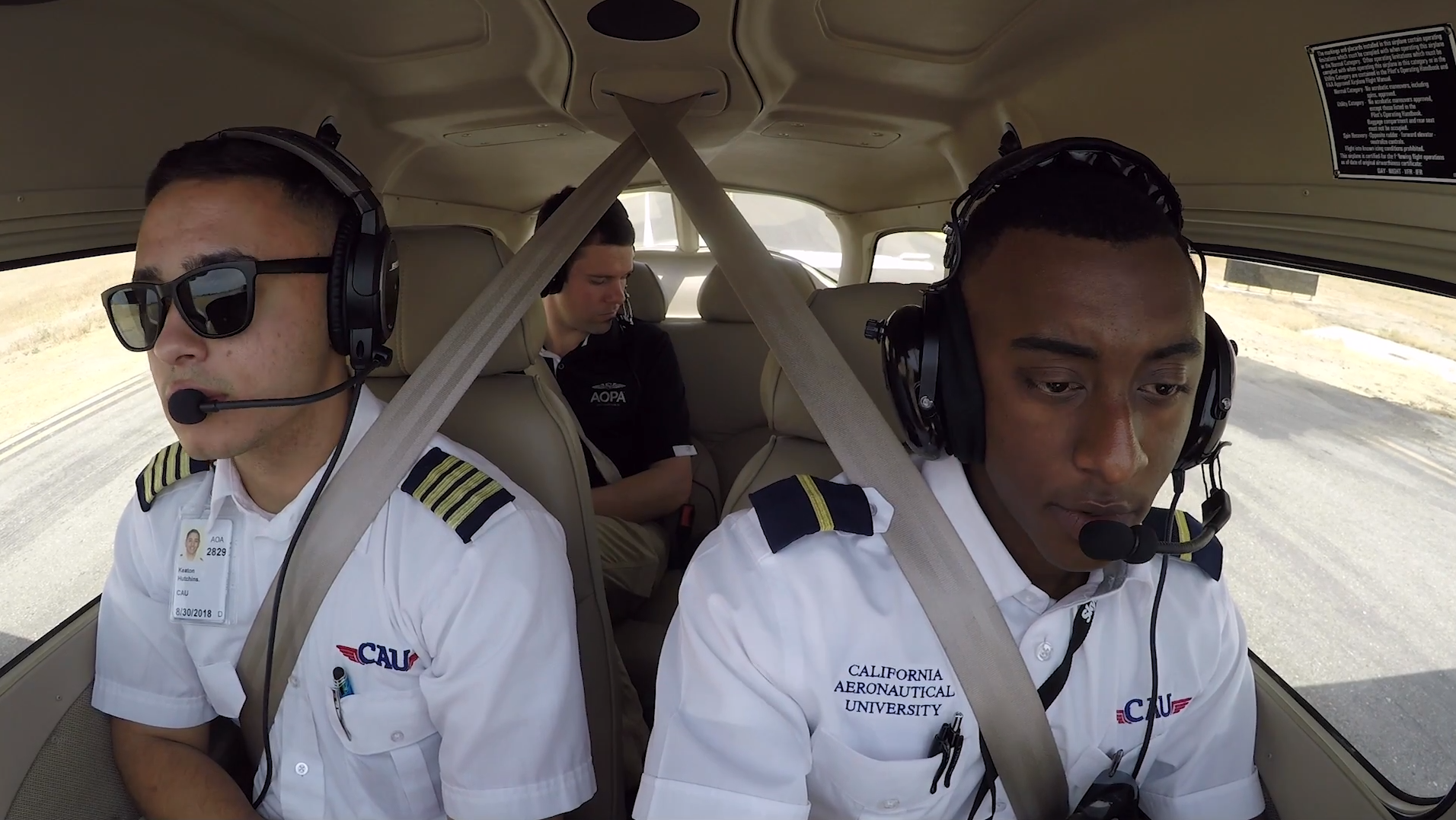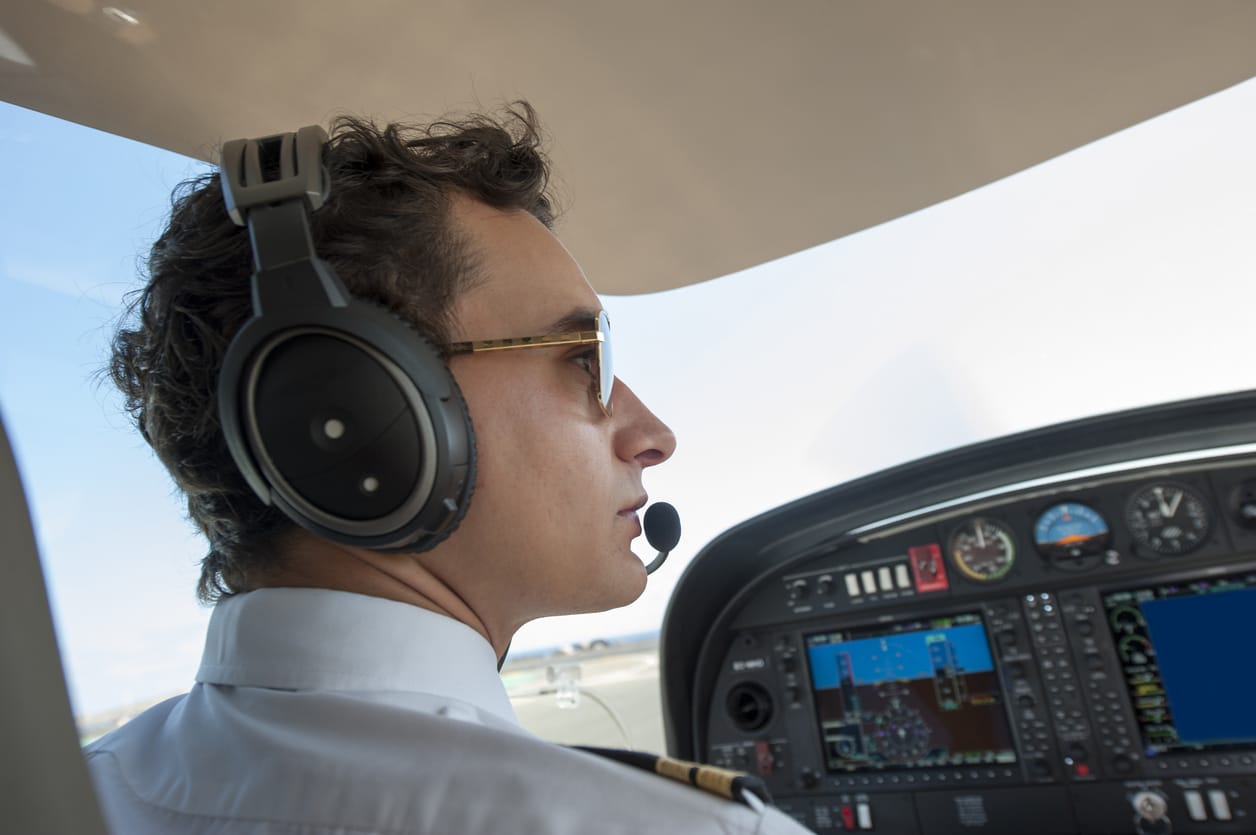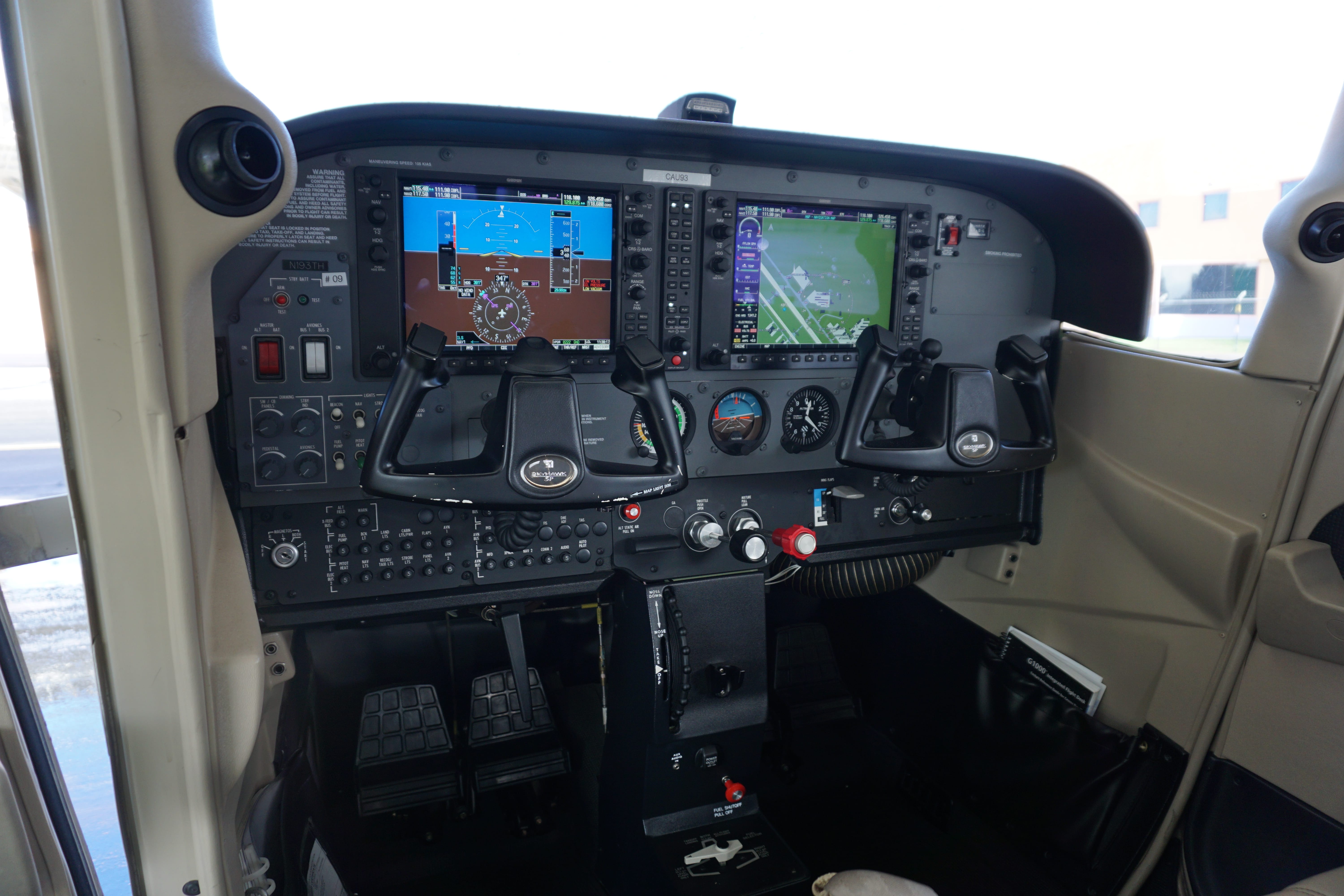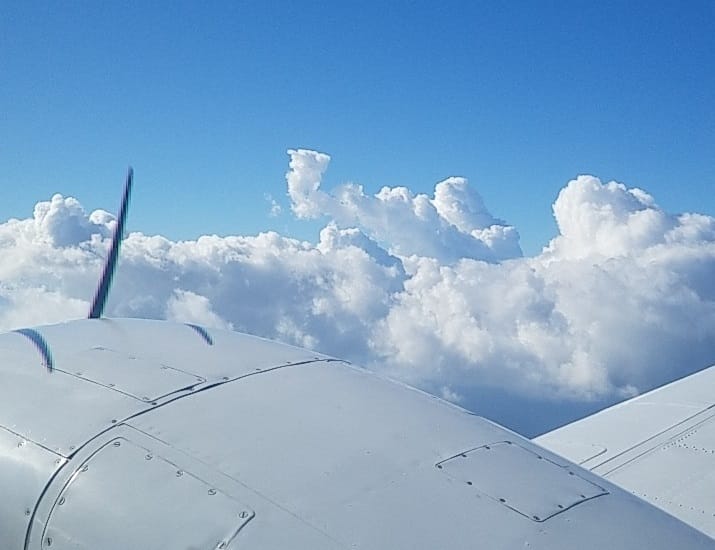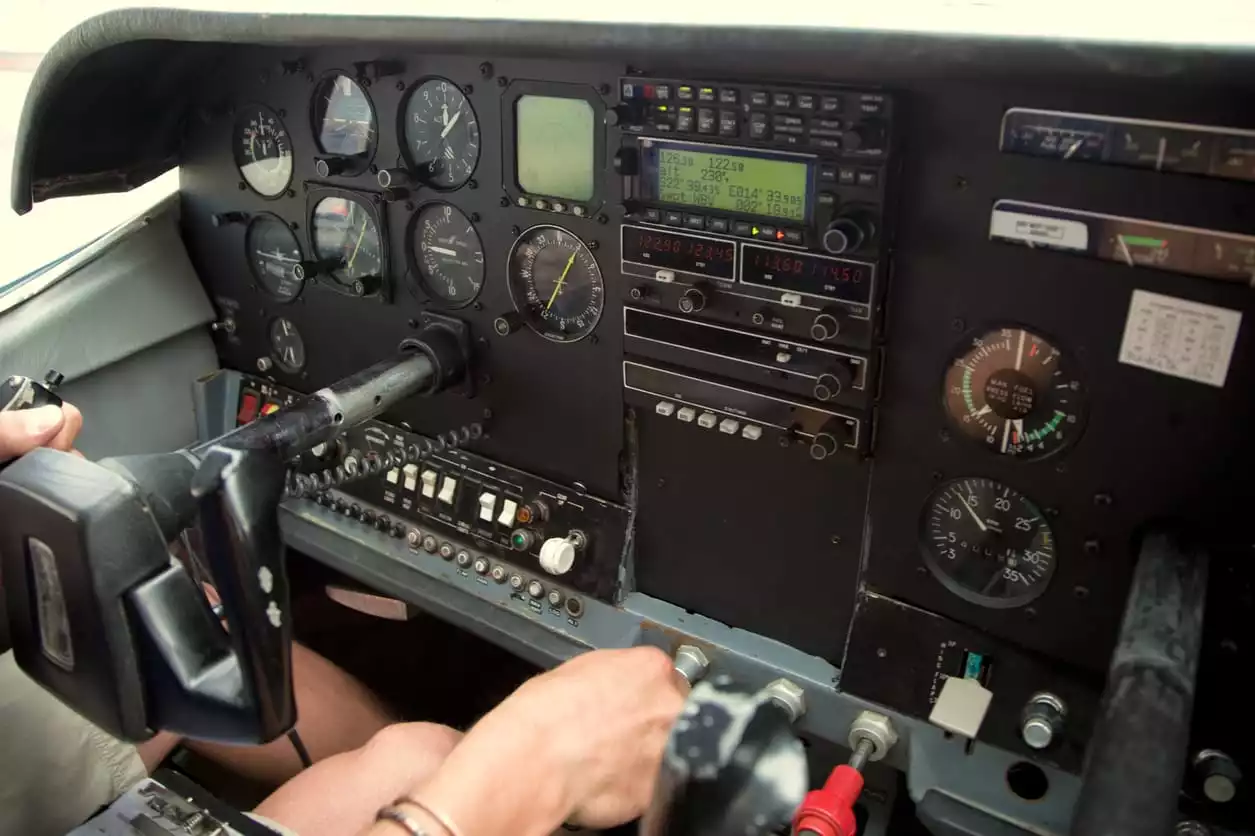For those eager to climb as far as they can in aviation and are considering a career in the cockpit, the path is clear. These vocation-oriented pilots are quick to reach for the next step, and some train for ratings and endorsements concurrently. However, deciding what to after getting your private might not be so easy for everyone, particularly with so many options available.
Student pilots are usually so overwhelmed by the tremendous personal victory in obtaining their private pilot certificate, they may not consider what their next aviation-related goal is. However, one of the best parts of aviation is that there are always new goals to set, even if it just involves landing at a new airport or flying a different aircraft type. Here are a few exciting possibilities to consider.
Get Your Instrument
“Getting the instrument” refers to completing one’s instrument rating. Even if pilots do not have plans to fly professionally, it is not unusual for some to undertake instrument training, sometimes simultaneously with taking lessons for a private certificate.
The main impetus for earning an instrument rating is twofold; first, it is a far more convenient way for a private pilot to travel. Private pilots without an instrument rating are limited to flying VFR, or under Visual Flight Rules. This means that they may not in low visibility flying situations. While many pilots fly their entire lives under VFR, it can be frustrating. Plans are more quickly changed or cancelled without the instrument rating, especially in the winter. Shorter days and harsher weather can often mean less time in the sky.
When a pilot has his or her instrument rating, however, they are permitted to fly in the clouds or in less favorable conditions than in VFR. Most flight schools who offer sport, light, and private training also allow student pilots to train for the instrument. This involves learning much more about weather patterns.
While it is best to prepare for the instrument in actual cloudy weather, pilots who are fortunate to live in sunny climates can still train. The FAA (Federal Aviation Administration) allows pilots aiming for the instrument rating to log some hours in a simulator, or under a hood. A hood is a visual device which limits the pilot’s vision in the cockpit. It prohibits him or her from looking out the windows, forcing total reliance on the instrument panels.
Get Your Commercial
While it is not as common for non-professional pilots to earn their commercial certificate, it does happen. Sometimes goal oriented private pilots who simply wish to expand on their precision and understanding of aviation concepts will begin training “for the commercial.” While this is an intensive course of study which can sometimes require multiple attempts to pass, attaining a commercial rating shows dedication and refinement of aviation skill.
Finesse is necessary for a commercial pilot. For example, some hobbyist pilots seek their commercial certificate simply to refine their ability to land more smoothly than a private pilot. Since landing, particularly in cross winds, can be unnerving for student pilots and those who do not encounter them on a regular basis, most certified flight instructors (CFI’s) and FAA check pilots coach their students to “just get it on the ground”—as lightly as possible, of course, but they want to avoid overloading the student pilot with information and want him or her to focus on safety rather than landing perfectly down the middle of the runway without a single bounce.
Commercial pilots, however, are required to show much more control. The reason for this on the professional side of aviation is that commercial pilots are usually carrying paying passengers or potentially fragile cargo, and a gliding landing is obviously more preferable under these circumstances. However, for private pilots who are simply seeking a challenge or want to focus more intensely on a certain aspect of aviation with a definite goal in mind, studying for a commercial certificate might be a viable option.
Another reason a private pilot might wish to aim for a commercial certificate is that they might want to work part time as an aviator. Perhaps this is a retirement project, or the pilot could be supplementing income concurrent with a job which provides medical benefits or higher pay. Some simply enjoy the adventure of flying a pipeline, dusting crops, helping with traffic reports, towing banners, or making tourist flights while picking up a small extra revenue stream in the process. These are all possible once a private pilot becomes a commercial one.
Build Time With an Adventure
One of the most enjoyable aspects of general aviation is the ability to “get in and go”—covering long distances more quickly than in a car. Aviation culture leans heavily on the fun involved with flying cross-country (a trip of at least 50 nautical miles) just to grab lunch or visit a museum, fly-in, or quirky fixed base operator (FBO.)
Just talking to aviation enthusiasts or longtime pilots in your area will reveal gems which are famous in the flying community but generally hidden from the general public. These day trips are usually in small towns or out of the way places and make for an enjoyable morning or afternoon in the sky. For example, it’s a goal of many Midwestern pilots to land at least once at the legendary Sporty’s Pilot Shop in Batavia, Ohio, just north of Cincinnati.
Some pilots enjoy gathering new and interesting airports in their logbooks. This can be especially available to aviators during “down times,” when major airlines or larger charter operators aren’t as active in large airports. One of the gifts of the COVID-19 slowdown in aviation, for example, has been the ability for private pilots of small aircraft to land at enormous and usually bustling airports such as O’Hare in Chicago. Once a pilot understands that every shift in the industry also comes with new and interesting opportunities, the adventures are endless.
Ready to soar in your aviation career?

Tamu Smith-Kohls serves as the Vice President of Enrollment Management and Marketing for California Aeronautical University. She has worked in the aviation industry in various roles for 24 years. As a United States Air Force retired veteran, she has a unique appreciation for the aviation industry. Tamu has served in Information Systems as a Network Administrator, Aerospace Flight Medicine as a Health Services Manager, and Air Force Recruitment and Marketing. She holds an undergraduate degree in Psychology; a Master’s in Business Administration and is a Certified Neuro Linguistic Practitioner. Her passion is motivating, training, coaching and serving others to reach their best potential.
